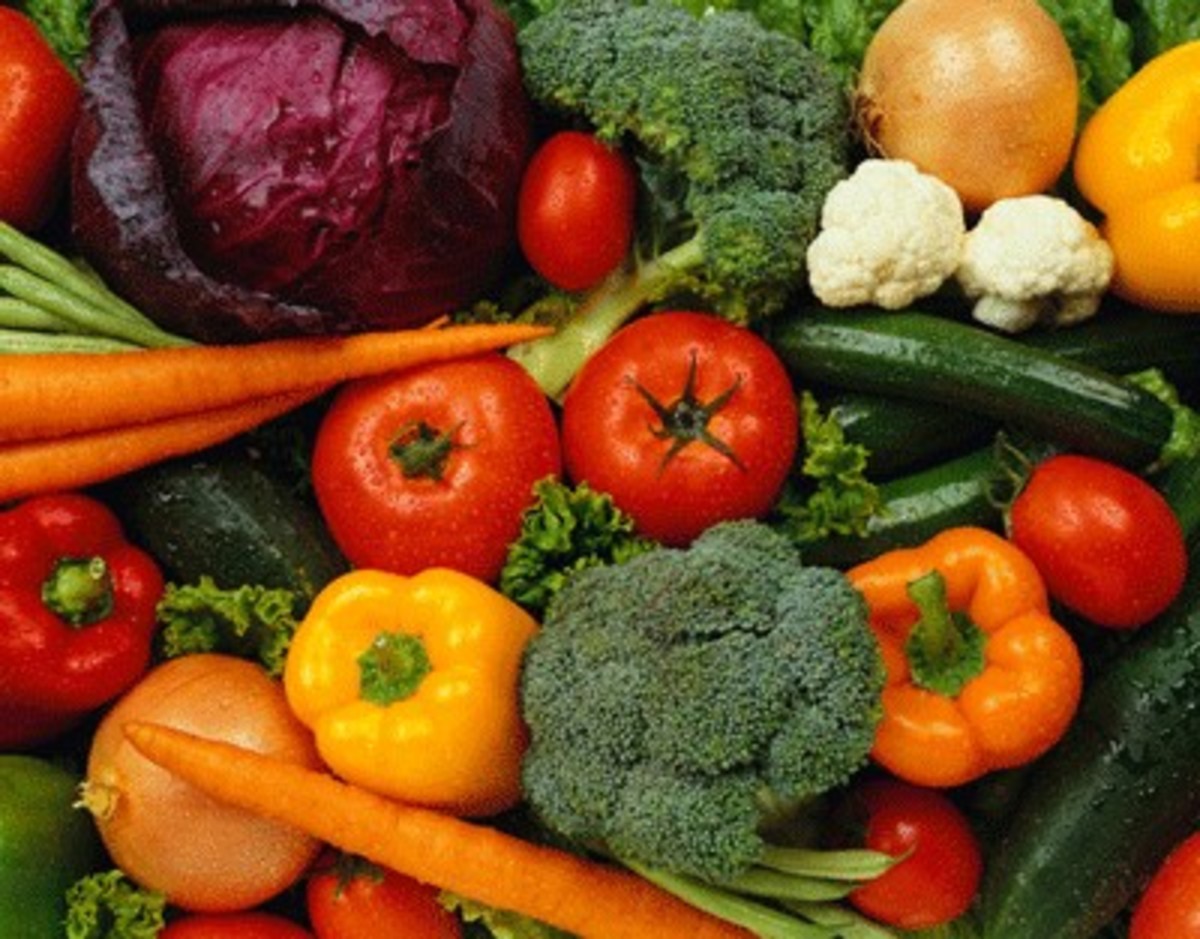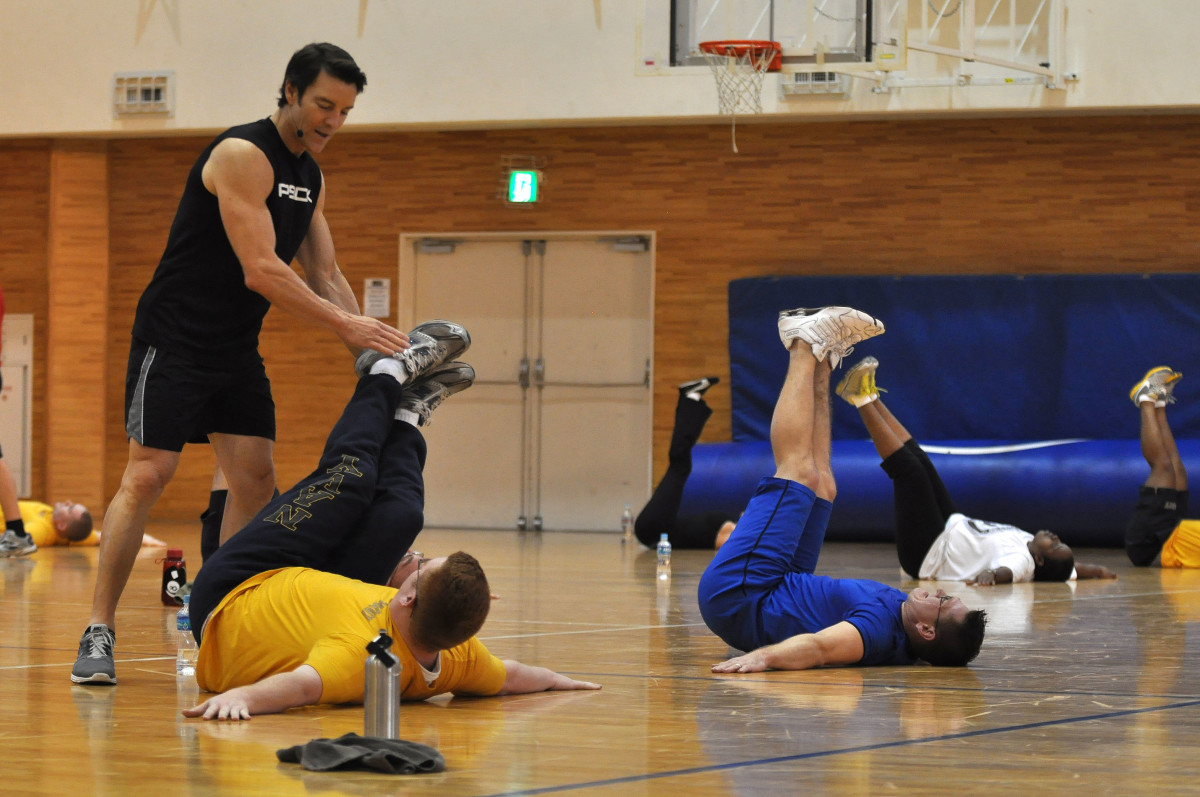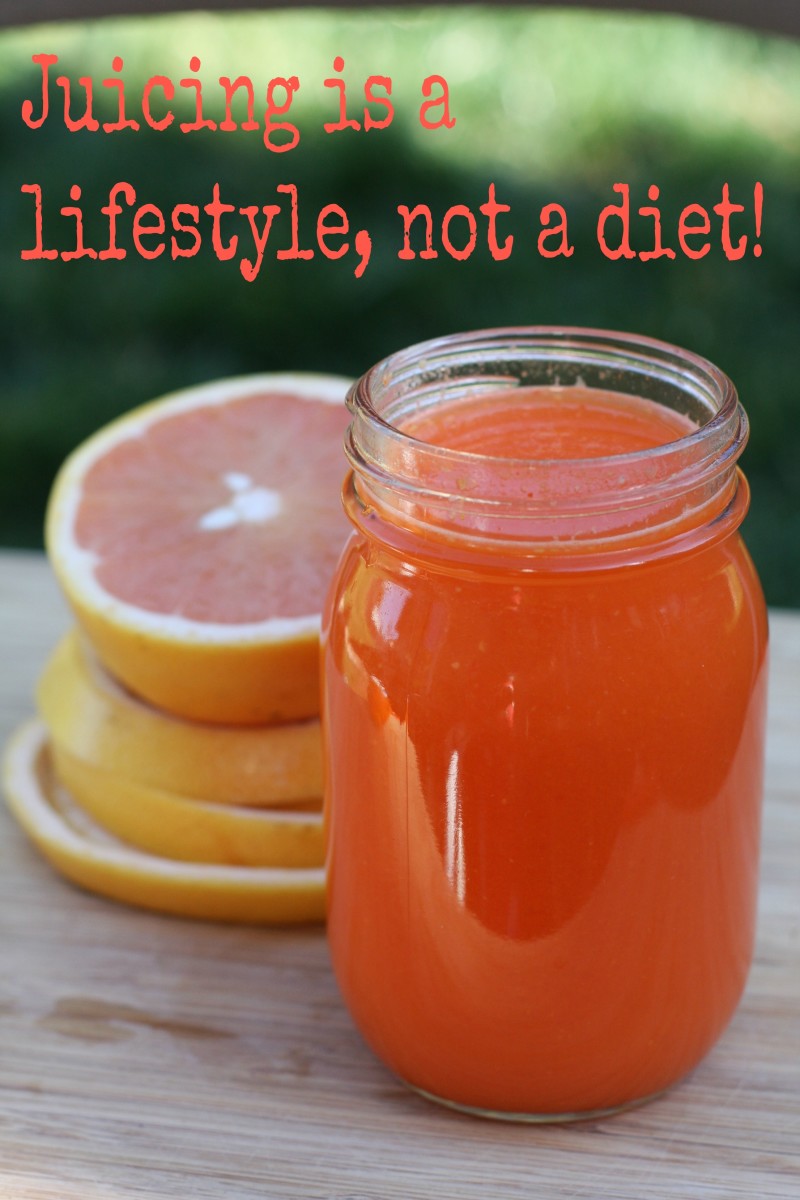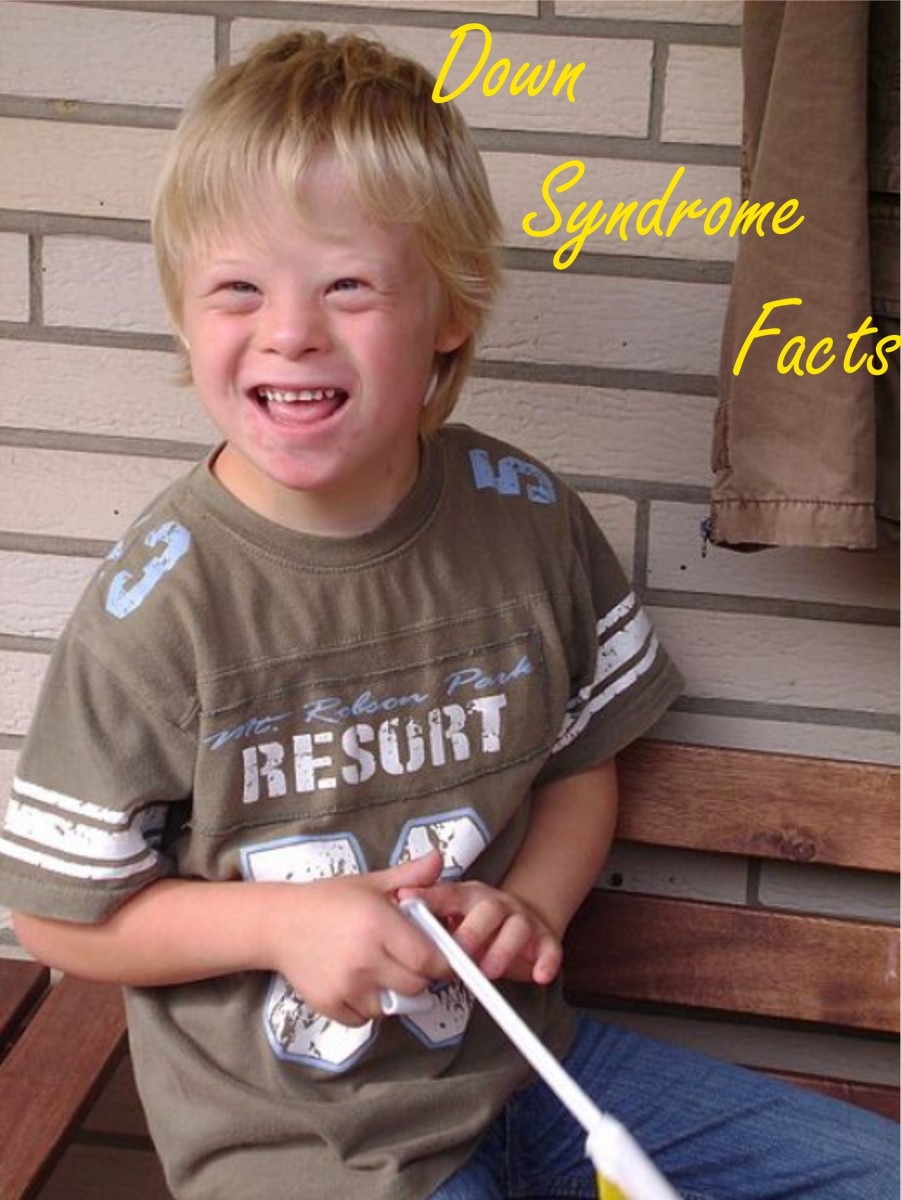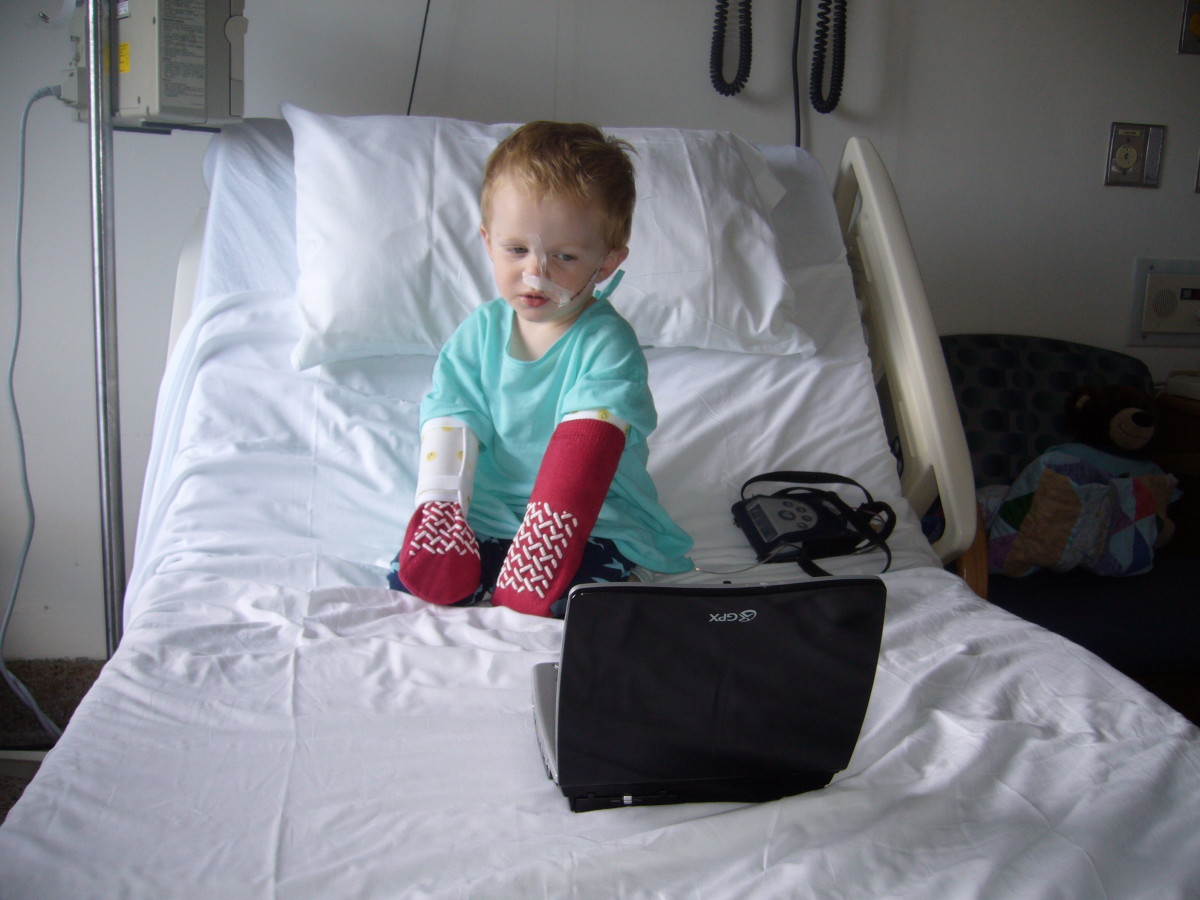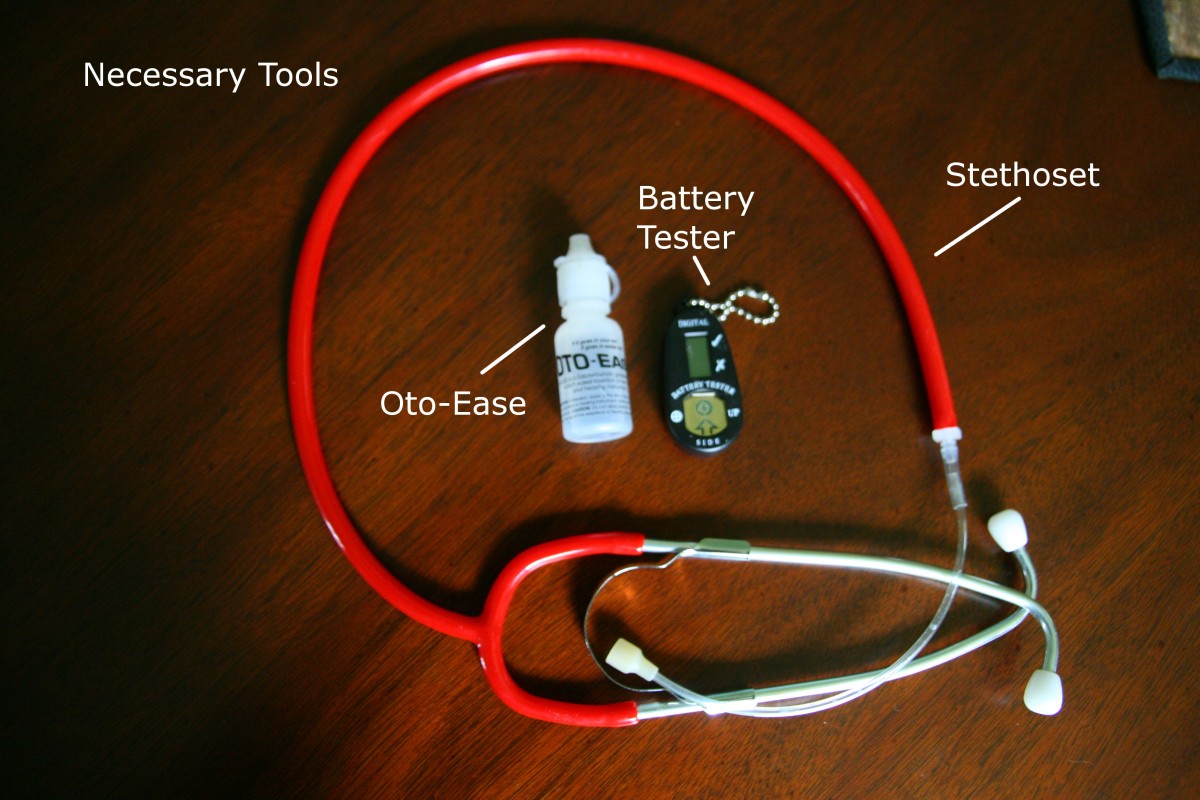Poop Problems: How to Treat Constipation in Kids
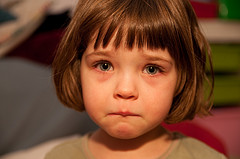
How to Treat Constipation in Kids
Constipation is one of those things that you will have to encounter from time to time when you have kids. Occasional constipation is normal and when it is not associated with other health conditions, it can be easy to treat at home. Oftentimes, things that can be used to treat our little ones can be found right our kitchen.
How Do You Know If You Child is Backed-up
There are a few clear signs to look for, that would indicate that your child is having trouble going:
- If he or she has pain and or trouble trying to have a bowel movement
- If there hasn’t been a bowel movement for a few days
- If when a bowel movement is passed, it is hard and dry looking
- Bowel movements very small in size (sometimes like pebbles or marbles)
- Child straining when using the restroom
Sometimes, you can even check your child’s belly area to tell whether there is an issue. I would rub and poke gently at my son’s belly, if it was hard, I knew he was backed-up. When the belly area is hard, it could be a sure sign of constipation.
Help Your Child Avoid Getting Clogged Up
Add More Fruits and Vegetables to Your Meal Plan
A yummy fruit salad or a vegetable plate with a little peanut butter can be appealing. Berries, prunes, pears and apples are great fruits to help get your poop moving. Green vegetables like broccoli, kale, green peas, and Brussel sprouts.
Kids can be very picky eaters at times. Vegetables are often the foods that get picked over and they are also the ones that are very essential in helping the body to eliminate waste. If your child tends to push the peas to the edge of the plate, try introducing other vegetables that you think they may like to try. I have found too that when you allow your kids to help prepare their food, they are more likely to eat it.
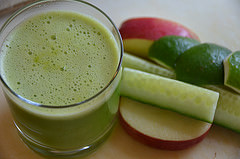
Juice it Out
If you have a juicer, juicing your fruits and vegetables for your child could be an alternative if you simply can't get them to eat them. It can also help get the nutrients in your child's body faster than they would if he just nibbled on them. Don't have a juicer? A blender would work just as good, maybe even better since it would allow you to keep the fiber versus the juicer. Having that fiber will provide the added benefit to help get those pipes moving.
Don’t Forget to Drink Water
Water is just as important for a child as it is an adult. Sadly, many children don’t get the amount of water their bodies need to function properly. Children now-a-day are living off of sodas and juice that is full of sugar and their little bodies are paying for it at such a young age. Instead of providing a sugary drink, water works so much better in getting things moving around and out of your systems. If your child don’t like to drink water, you could try adding a little fresh squeezed lemon to it for taste. Lemons also help to flush out your system and remove any clogged matter along the way.
Get Out and Play
Exercising or being active can help activate your body’s digestive system and get things moving. You could try running, taking a walk, or playing some other outdoor game that will get the body in motion.
Give that Poop a Push
If you try the self-test at home mentioned above and you feel the hard matter in your child’s belly. You can help manually to get it moving by rubbing the entire belly area in a circular rotation for a few minutes. Depending on the age of your child, you can perform this rub with some essential oils as long as you use a carrier oil when applying it to the stomach.
Make Sure Your Child Isn’t Holding it In
When children are afraid to go to the bathroom, because they fear it will hurt, they may very well decide to hold it in for as long as they can. When this is the case, some parents decide to use laxatives to help soften the stool, making it less painful when it passes. Parents are also encouraged to be mindful of their child’s feelings at such a discomforting moment. It can be frustrating for some parents, but reassuring your child that you are there to help, not fuss, can make things easier for both the parent and child.



